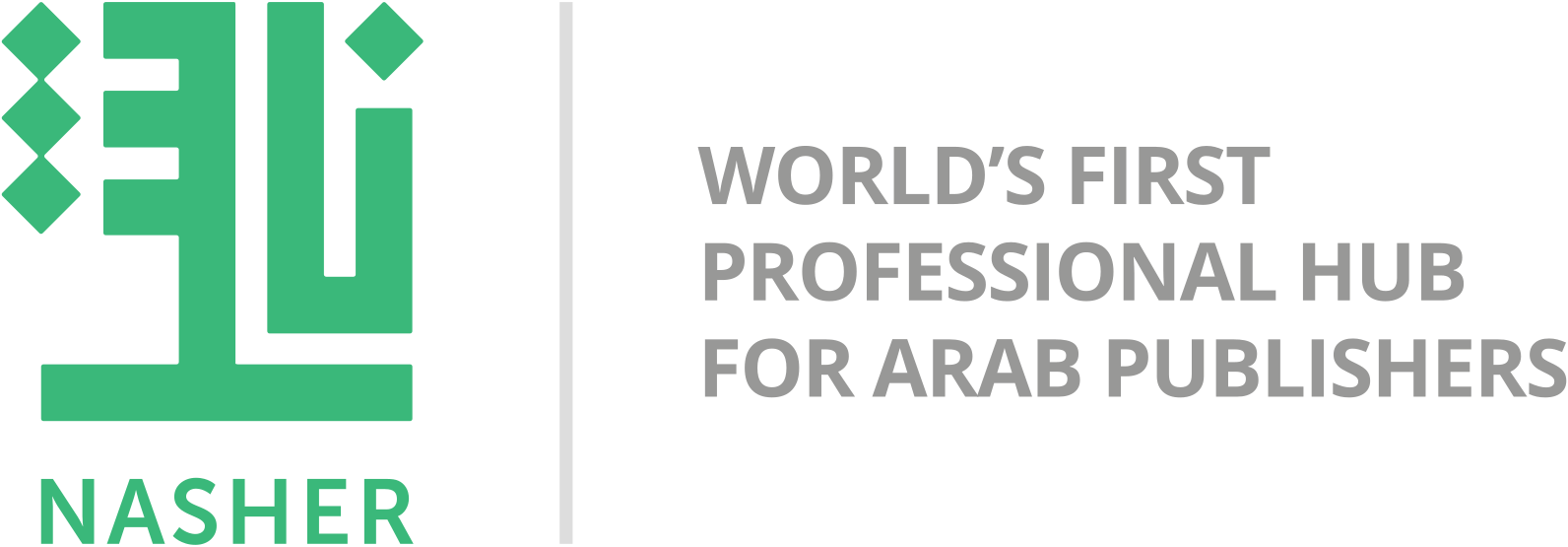Oxford University Press has announced that it will be leaving its offices at 198 Madison Avenue in the coming months. And while a search is underway for a new space to serve at least some portion of OUPs workforce, OUP USA President Niko Pfund said that the presss post-pandemic workplace will likely be a work in progress until a clearer picture emerges of the companys needs.
We are exploring alternative office space right now on an interim basis because we want to observe how people work in a new environment and learn along the way, Pfund said. OUP’s New York office currently has no in-office mandate for employees, and no plans to implement one, he added, noting that productivity levels from remote work remain strong and that many employees have organized their lives around working from home in the wake of the pandemic. We dont want to spend money on empty real estate when that money can be better invested in our publishing and our workforce, Pfund said.
The move marks the end of an era for OUP. The press moved to 198 Madisonthe iconic, landmarked B. Altman Buildingin the mid 1990s. Oxford University owns the top six floors of the vast building, which occupies an entire city block between Madison and Fifth Avenues in the shadow of the Empire State Building. The Fifth Avenue side of the building is occupied by the City University of New York’s Graduate Center.
While the move is imminent, it is unclear how quicklyor how slowlya move might happen, and press officials said it’s possible the press could go fully remote for a brief period before getting into a suitable new space.
Though it is leaving its current space, OUPwhich employs more than 200 workers in its New York officesremains committed to having a strong physical presence in New York, officials said, and will be exploring ways to utilize its future workplace in a way that best accommodates in-person, remote, and hybrid work schedules and supports the integration and professional development of junior and entry-level staff. This includes potentially structuring in-office workdays differently as well continuing to support in-person gatherings and social events for staff to foster a healthy workplace culture.
Source: Publishers Weekly







